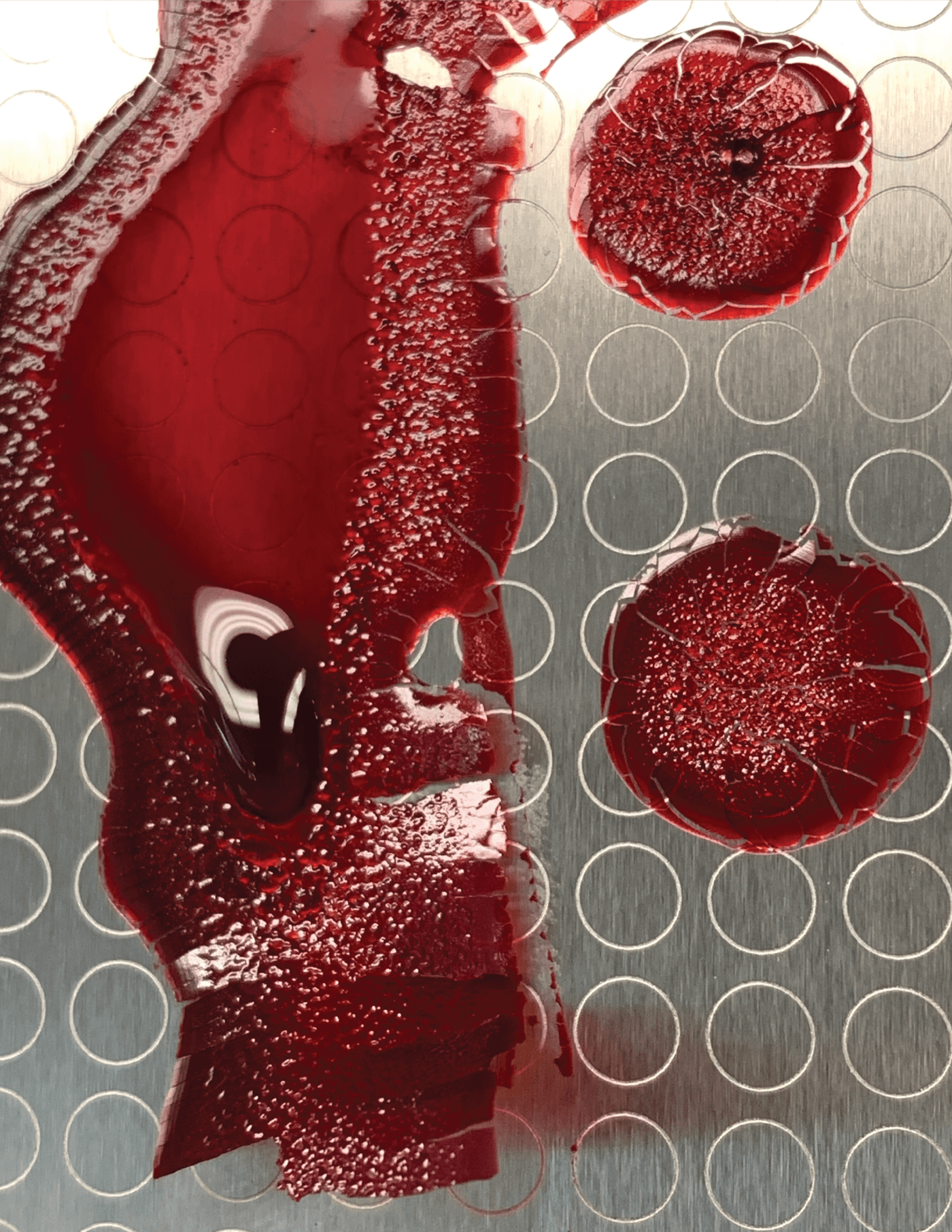Fingerprints have sealed the fate of many a criminal. Take the case of the “Night Stalker,” for example. The Stalker claimed 13 lives during a 14-month crime spree in 1980s Los Angeles. More deaths were expected – until a fingerprint on a mesh window screen allowed police to identify the culprit as Richard Ramirez. He was sentenced to death.
But fingerprints cannot be analyzed when covered with blood – a problem at gruesome crime scenes. “Current forensic protocols instruct practitioners to collect blood evidence by scraping dried bloodstains with a scalpel or swabbing,” explains researcher Kristen Yeh. “This can destroy fingerprint ridge characteristics, resulting in loss of evidence.”

Kristen’s team have been searching for a way to overcome this limitation and may have come up with an answer. “We employed a dilute solution of EDTA (an anticoagulant) to wash blood from the fingerprint surface,” Kristen explains. Once blood was removed, high-resolution MALDI-MS imaging was applied to assess the chemical composition of washed fingerprints. Why was MALDI-MS their weapon of choice? Kristen highlights the technique’s minimally destructive nature and its extreme sensitivity and ease of use. In fact, MALDI-MS is compatible with some existing fingerprint development methods.
Once washed, the spatial distribution of chemicals in the fingerprints was compared with that of unwashed fingerprints – and slight differences emerged. “Although this did not limit our ability to use powder enhancers, it is possible that it will limit the success of enhancing washed fingerprints by chemical development,” Kristen explains.
Nonetheless, she believes that their washing protocol could prove useful for evidence seized at crime scenes in the future. “Our method is best suited to non-porous materials (such as glass, metal, and tile) with smooth surfaces, and may help us obtain biological evidence from objects like knives on which blood and fingerprints are often found.” The team are now planning proof-of-concept studies to test this theory.
References
- K Yeh et al., Forens Chem, 20, 100274 (2020). DOI: 10.1016/j.forc.2020.100274




